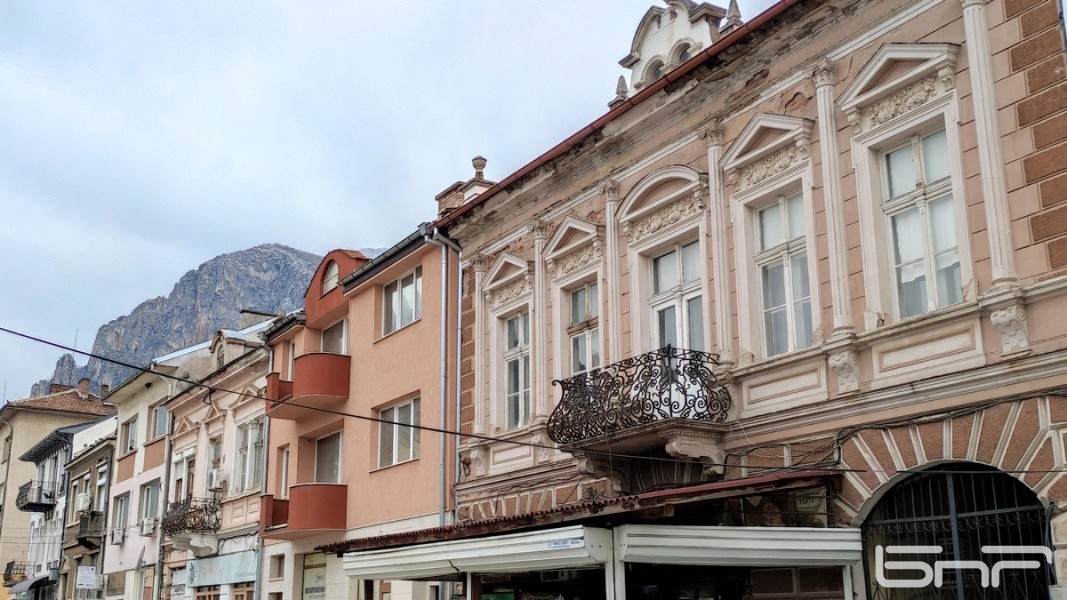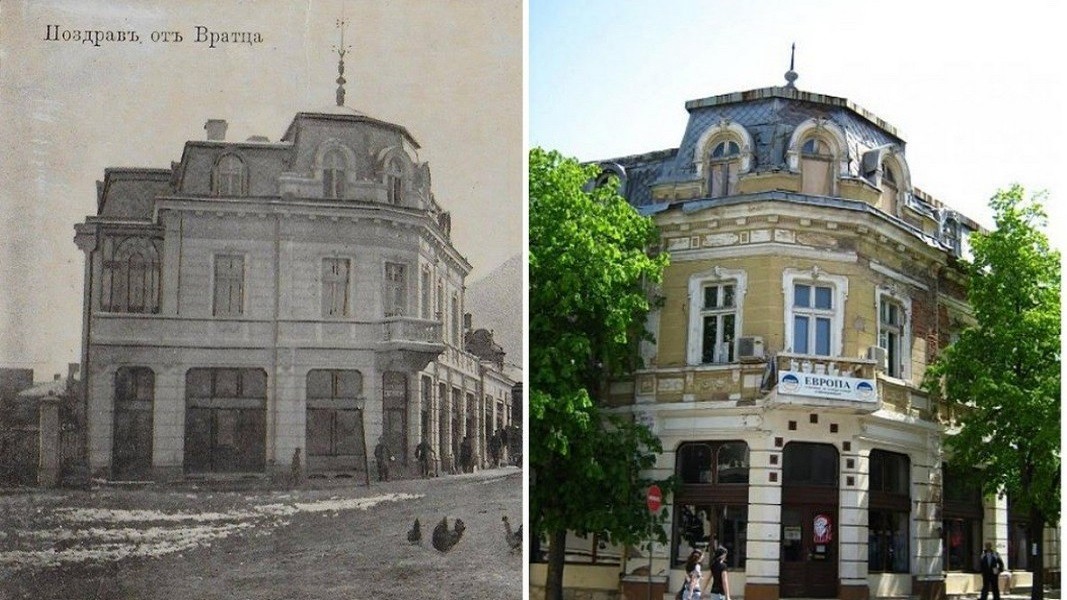 7
7
The architectural heritage of Bulgaria, bequeathed by a number of Bulgarian and foreign architects from the Liberation from Ottoman rule (1878) to the socialist coup of September 9, 1944, bears the marks of an exceptionally creative era in Bulgarian history. It was a period of cultural, social and economic upsurge.
The state of the architectural heritage of this period leaves neither the citizens nor the institutions involved in the preservation, restoration and conservation of the buildings indifferent. There are already many festivals dedicated to this topic. One of them is the upcoming festival in the town of Vratsa.
"The issues of cultural heritage preservation that we will discuss are presented in such a way that everyone, regardless of age, can participate - explains architect Veselin Alexiev, one of the organizers. - Our idea is to use the festival as a starting point to form a community of people who are interested in the preservation of cultural heritage and who have ideas for the development of sustainable cultural tourism not only in Vratsa, but also in other cities in our country."

Such festivals have already taken place in Sofia, Plovdiv, Veliko Tarnovo and Gabrovo. This time the focus is on Vratsa - the largest city in Northwestern Bulgaria, located at the foot of the Vratsa Balkan Nature Reserve, part of the Balkan mountain range. Traces of human presence in these areas date back to the second millennium BC.
The Thracian tribes that inhabited this part of the country used copper and bronze tools, as they have been exploiting the copper ores from the mine of Plakalnitsa. In a later period, the copper mines attracted the Romans, too, and a Roman mining settlement with a mint for bronze coins emerged in the area. Vratsa was important during the Second Bulgarian Empire (established in 1185), when it expanded its territory and became an artisan centre with developed commodity money relations.

"For me, the central place in the architectural heritage of the region is occupied by the northern houses and temples - says architect Veselin Alexiev. After the Liberation, the town developed rapidly. Austrian architects are commissioned to work in Vratsa, as they are in Sofia and other Bulgarian cities. Here we find beautiful examples of Secession, Neo-Renaissance, National Romanticism and Modernism. A wide range of architectural styles can be seen in one place, as the buildings are located very close to one another."
The debate on the conservation of immovable heritage requires the participation of a wide range of specialists in the field.
"The architect is but a small piece of a complex machine that includes local historians, historians, many engineers and specialists, and people who work in tourism. Because if a building has no viable function, its gradual self-destruction is inevitable and at some point its life ends. We see dozens of examples of this. That's why it's important to have a large team thinking about restoration and conservation, but also about socializing the site - finding a reason to give this building a new life so that it continues to bring people together, but also to be a marker for a period of time that reminds us of our past, ancestors and rich culture."

The program for the three festival days of "The Gate to Vratsa" (14-16 October ) is extremely rich. It can be seen on the event link on Facebook - explained Veselin and added:
"So far there are 25 events that will showcase cultural heritage and its preservation in a different light. We will show sites at risk, but also examples of well-preserved buildings. There will be a light installation that will turn the pedestrian zone of Targovska Street into a living forest. Many people think of a light show as 3D mapping, but we will try to layer many different projections to make an animated projection map. So with the help of dozens of projectors the forest will come to life on the facade. There will also be evening programs featuring dance groups and a fire show, as well as a variety of workshops on different topics."

Veselin's passion for the preservation of architectural heritage is not just a hobby, but a vocation, as he is part of the Society of Freelance Architects at the Union of Architects in Bulgaria. He actively participates in many discussions and projects in this direction in different cities around the country. Curiously, one of his first awarded projects that he realized was of an interactive museum library in the presidential institution. At the moment, unfortunately, it is not freely accessible to the public as it is used by the Head of State for some of his meetings.
Photos: vratza.bg, BNR, Facebook/Врачанските къщи, Veselin AlexievThe Bulgarian School "Khan Asparuh" in Northern California , USA, is organizing online Bulgarian language courses during the summer months of June, July and August. On its Facebook page , the school informs that the classes will be of two..
"What is the European history we share? What are the cultural characteristics and political discourse that shape and sustain the project for a united Europe in Sofia and Paris, in Kiyv and in Warsaw; in Riga and in Budapest, in..
June 13-20 Sofia is hosting the 16 th edition of the international literary festival CapitalLiterature. The theme this year is Poetry/Nature, dedicated to the bond between poetic art and the environment in a world in which nature is not a romantic..
The Bulgarian School "Khan Asparuh" in Northern California , USA, is organizing online Bulgarian language courses during the summer months of June, July..

+359 2 9336 661
